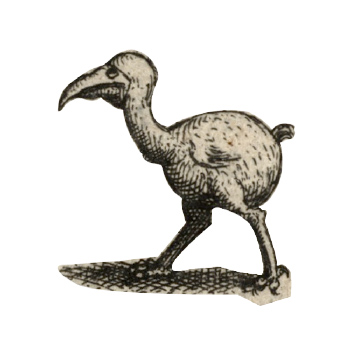Varietas de Bry is one of the most promising endeavours of the workshop organised with HEAD-Geneva in November 2016. Conceived by Mélissa Monnier and Elsa Schneider, under the supervision of Cassandre Poirier-Simon and Douglas Edric Stanley, this online tablet-enabled game blends a fun approach to cultural heritage with a deep dive into the visual cultures of the 16th and 17th centuries.

Gameplay revolves around “stowaway prints”—“gravures buissonnières” in the original French of the creators. Using a set of images depicting the great explorations of the Renaissance (gathered together and commented on in the “De Bry” constellation), the game asks us to spot “intruder” images, figures or characters taken from one illustration and inserted in others. This prompts players to familiarise themselves with the world of the original image, in order to identify an animal or object taken from another climate or culture! Once the intruder has been found, we continue our search in the print the intruder was originally taken from. The game ends when the cabinet of intruders is full.

In short, the experience of difference strikes us twice: firstly, in the difference of seeing white bears on Pacific islands, and then secondly, in the experience of delving into the Renaissance imagination several centuries after the fact.
In short, the experience of difference strikes us twice: firstly, in the difference of seeing white bears on Pacific islands, and then secondly, in the experience of delving into the Renaissance imagination several centuries after the fact.

